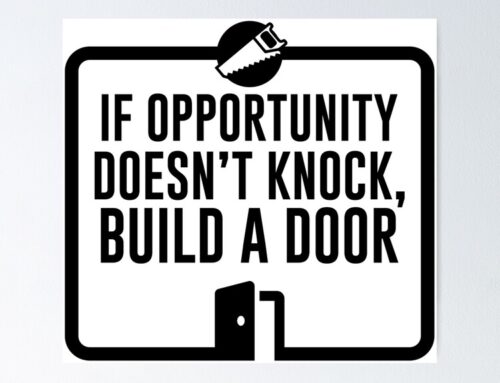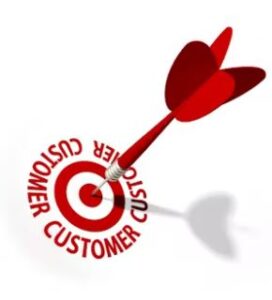
7 SALES OBJECTIVE EXAMPLES ACCORDING TO TOP SALES MANAGERS
“Create more pipeline.”
“Boost win rates.”
“Close bigger deals.”
“Increase customer lifetime value (CLV).”
Ask any sales leader what they want, and you’ll get an answer along these lines. While these are certainly lofty goals, they lack direction.
You can’t tell a sales rep to “increase sales” and expect them to know what to do. They’ll just give you a blank stare. You have to provide them with guidance and clear action steps.
A good place to start is to set the right sales objectives.
In this article, we’ll explain what sales objectives are and why they’re critical to business growth. We’ll also look at examples of sales objectives that you can set for your sales team.
What is a sales objective?
A sales objective is a clearly defined outcome you set for your salespeople. It comprises sales activities the team must take to achieve that outcome, such as increasing revenue, improving win rates, or generating more leads for your sales funnel.
By setting the right sales objectives, you can set your team up for success and help the company achieve its long-term goals.
How to set sales objectives
Setting the right sales objectives isn’t easy.
If you set a too-lofty sales goal, it might make each team member feel overwhelmed and lose confidence in their abilities. However, if you set a too-easy sales goal, it could lead to a lack of motivation or even boredom.
Good sales objectives give your reps a clear action plan to reach their sales goals. They also provide the right degree of challenge so that your reps remain engaged in their work.
Follow the SMART framework to set sales objectives.
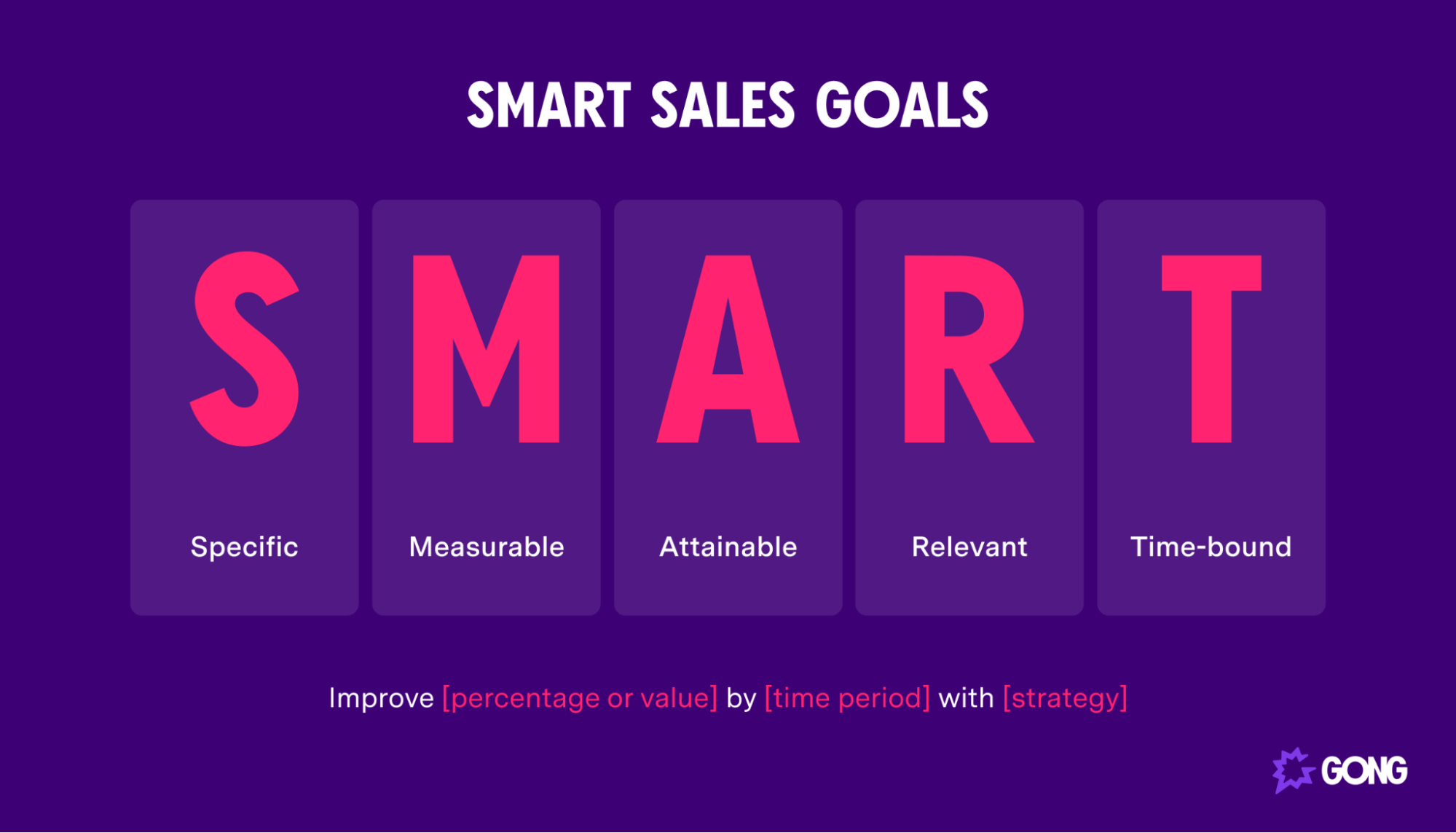
Here’s how you can set SMART sales objectives:
Specific
The first part of SMART goal setting is to set a specific sales goal.
Simply saying that you want to “capture more market share” or “reduce your churn rate” won’t cut it. While these are important sales KPIs, you’ll have to be more specific to create a SMART goal. What exactly do you want to accomplish? What steps will you take to achieve it?
For example, instead of saying that you want to bring in new clients or boost profit margins, you might say something like, “We’ll close more accounts with cold calls.” A specific goal will motivate your team more than a generic one.
Measurable
Specificity is a good start, but you’ll want to quantify your sales objectives. This will enable you to benchmark performance and track progress toward your sales goal.
For example, if you want to close more accounts, then decide on how many.
Make your SMART goal more impactful by making it measurable. You might say something like, “We’ll close 15 more accounts with cold calls.”
Attainable
Time for a reality check.
While you want to set an ambitious stretch goal to challenge and push your team outside their comfort zone, each sales goal must be realistic.
If your sales team brought in five accounts last month, asking them to bring in 50 this month might not be reasonable.
Set goals and revenue targets that your sales team can reasonably accomplish.
Relevant
This is where you’ll look at the bigger picture.
Sales objectives should always align with your overarching business goals. They should be relevant to what the company wants to achieve.
Sales objectives should also fit your current sales strategy. If social media selling isn’t part of your sales process, it doesn’t make sense to set a revenue goal to bring in new accounts via Facebook. Make sure you set a relevant SMART goal.
Time-bound
Finally, your sales objectives should have a time limit. Setting a time frame will give your reps a “finish line” as they work toward their goals. Set monthly, quarterly, or yearly objectives.
Here’s what our sales objective example looks like:
- Acquire 15 new accounts by the end of the quarter with cold calls.
Let’s look at some more examples of sales objectives.
7 sales objective examples
Here’s a look at seven sales call objective examples.
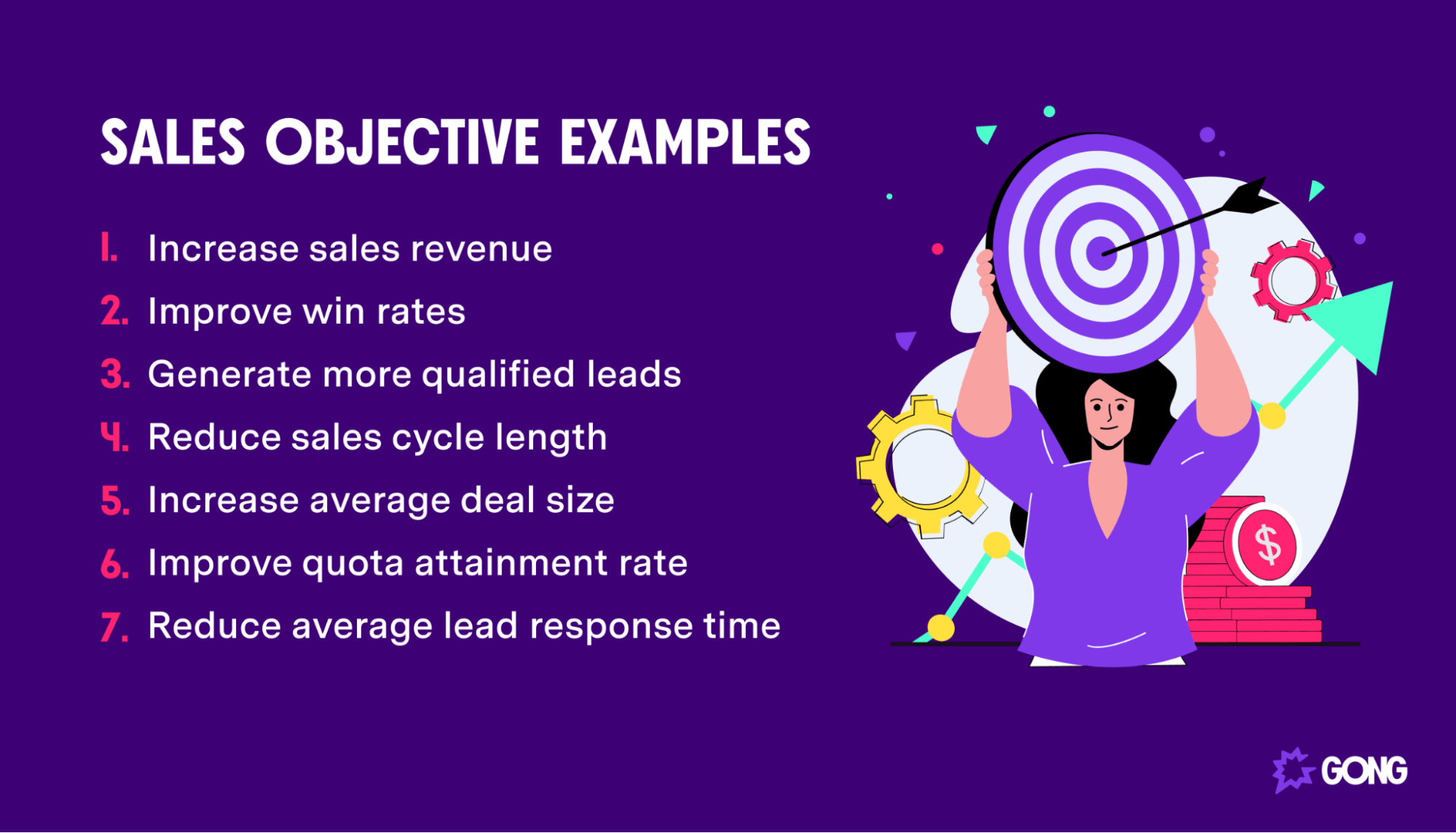
Set these goals for individual reps or your entire sales team to improve sales productivity and boost your bottom line.
1. Increase sales revenue
Increasing revenue is a common sales objective example. You can set monthly, quarterly, or yearly revenue objectives for individual reps or a sales team.
Sales objective example to increase revenue:
- Bring in 15 new accounts worth over $20,000 by the end of the quarter.
How to achieve this sales objective:
There’s no shortage of sales tactics that can help you build trust with potential buyers. Stating your full name and opening with “How’ve you been?” are surprisingly effective tactics.
But tactics alone aren’t enough to close deals.
A sound sales strategy is far more important to hit your sales target. It provides each team member with a framework that covers the sales cycle from prospecting to closing. Most importantly, it aligns your sales team to strategic goals that support the business.
Check out our 7-step sales strategy framework to craft a winning sales strategy that will help your reps sell more.
2. Improve win rates
The win rate is the percentage of opportunities that have successfully closed. It helps you measure how effective your sales reps are at closing deals.
Here’s the formula to calculate a win rate:
- Win rate = (Closed-won deals / Total deals) x 100
For example, if a team member has 50 opportunities in their sales pipeline and turns 10 into buyers, then their win rate would be 20%.
Sales objective example to improve win rates:
- Increase team win rates to 30% by the end of the fiscal year.
How to achieve this sales objective:
Low conversion rates often stem from poor sales prospecting. If your reps are targeting prospects that aren’t a good fit for your solution, they’ll have a hard time turning them into buyers.
Define an ideal customer profile (ICP) — a comprehensive account that describes the type of company that would benefit from your solution.
Use this ICP example to create your own:
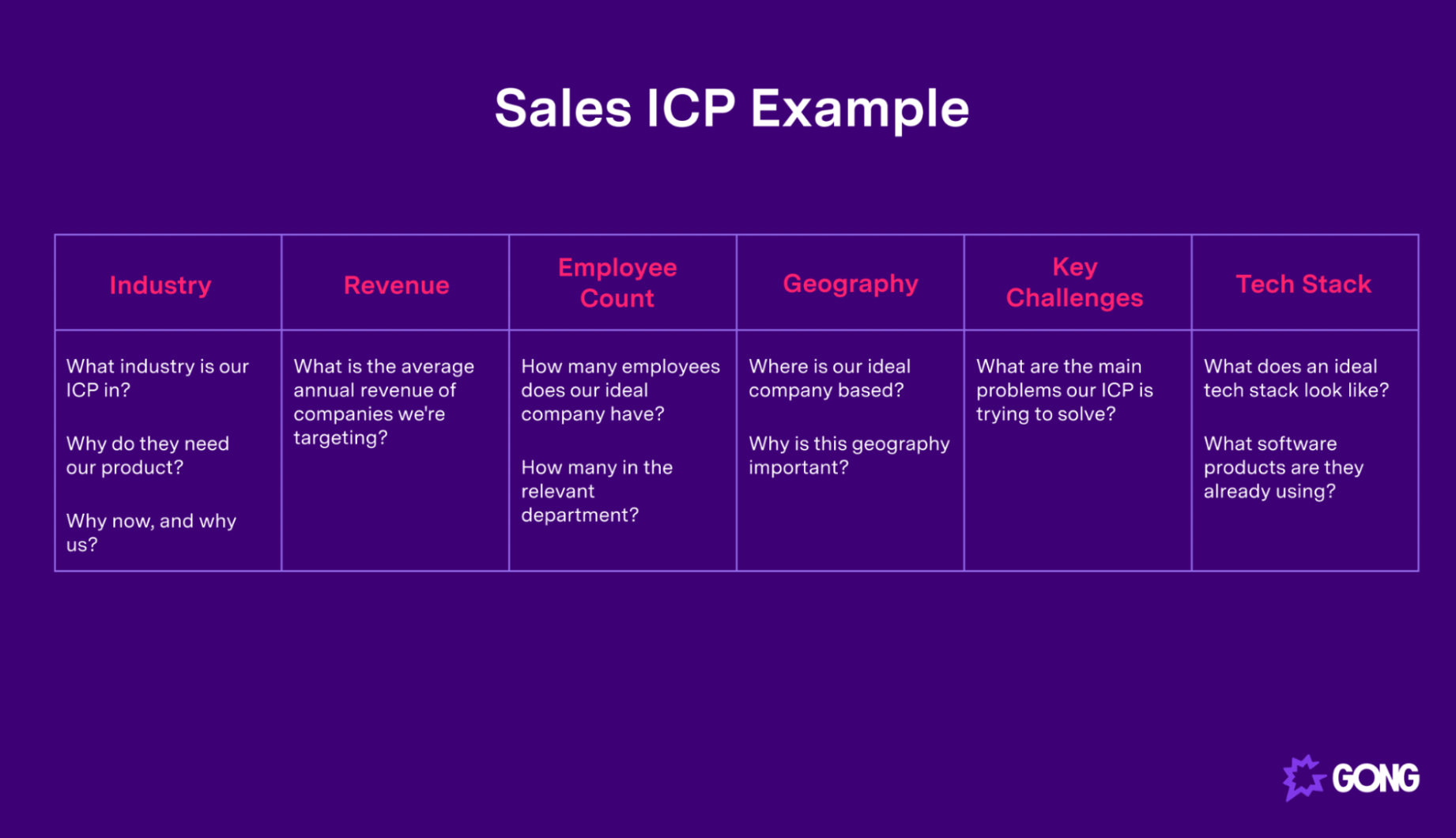
Reps can improve their win rate by focusing on opportunities that match your ICP. Then it’s a matter of asking the right sales qualifying questions to identify the right buyers.
3. Generate more qualified leads
Successful lead generation is key to making sales. Without a steady flow of qualified leads, your sales pipeline will dry up and the business will struggle to grow. You can track leads by individual rep or team.
Sales objective example to generate more leads:
- Increase monthly qualified leads by 15% through cold email outreach.
How to achieve this sales objective:
There are countless ways to generate new leads, from attending networking events to reaching out to prospects on social media. But we’ll focus on cold emailing here.
Cold email outreach is an effective strategy for increasing the number of leads your company brings in — if you do it right.
So how can you send better cold emails? While the body of your email is important, don’t ignore the impact of a strong email CTA.
We’ve found that the interest CTA works best for cold email outreach.
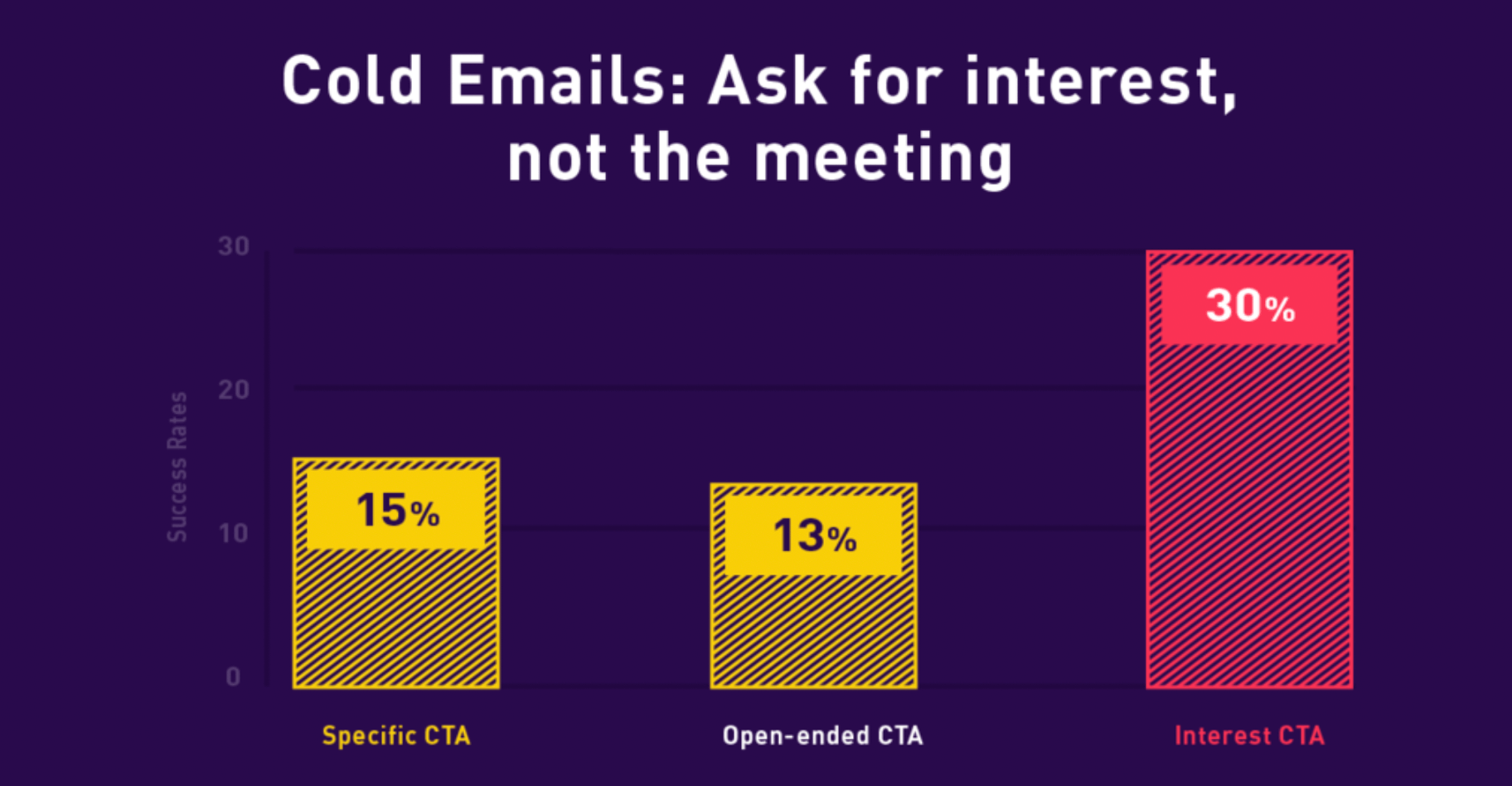
Don’t ask for a meeting on a specific day or leave it open-ended. Instead, use an interest CTA like: “Are you interested in learning more about [solution]?”
It sounds simple, but it works.
4. Reduce sales cycle length
The sales cycle length is how long it takes, on average, to close a deal. It’s a key metric that can help measure your teams’ sales efficiency.
Sales objective example to reduce sales cycle length:
- Reduce average sales cycle length by 20% by next quarter.
How to achieve this sales objective:
The longer a potential deal drags on, the less likely it’ll close. One of the most effective ways to shorten your sales cycle is to define “next steps” — scheduling sales calls, booking product demos, etc.
Win rates are 4.4x higher when reps discuss next steps.
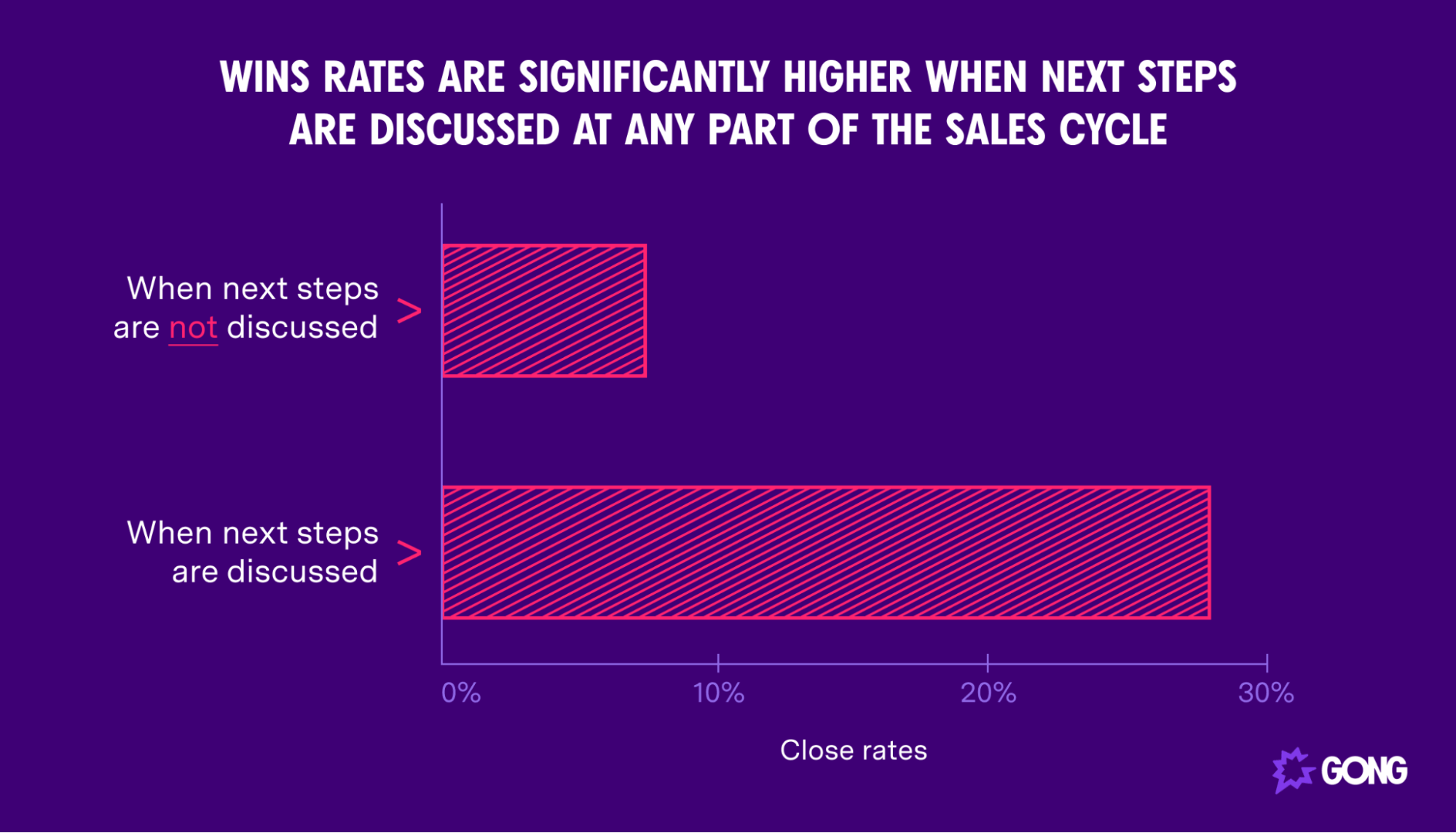
Don’t forget to confirm the next steps while you’re on a call with a prospect to shorten the cycle time. Ask the prospect if they have their calendar handy to give them a gentle nudge.
5. Increase average deal size
Average deal size is the average value of won deals. Simply divide the total revenue generated from your buyers by the total number of deals you closed.
It often takes just as much time and effort to close a $10,000 deal as it does a $15,000 deal, so why not aim higher?
Sales objective example to increase average deal size:
- Increase average deal size by 15% in the next two months.
How to achieve this sales objective:
Take a value-based selling approach to win bigger deals.
Value-based selling is all about putting your buyers first. Once you understand their challenges, you can communicate the value of your solution and explain how it will solve the buyer’s problems.
We’ve found that focusing on value-based topics drives the next steps more than features.
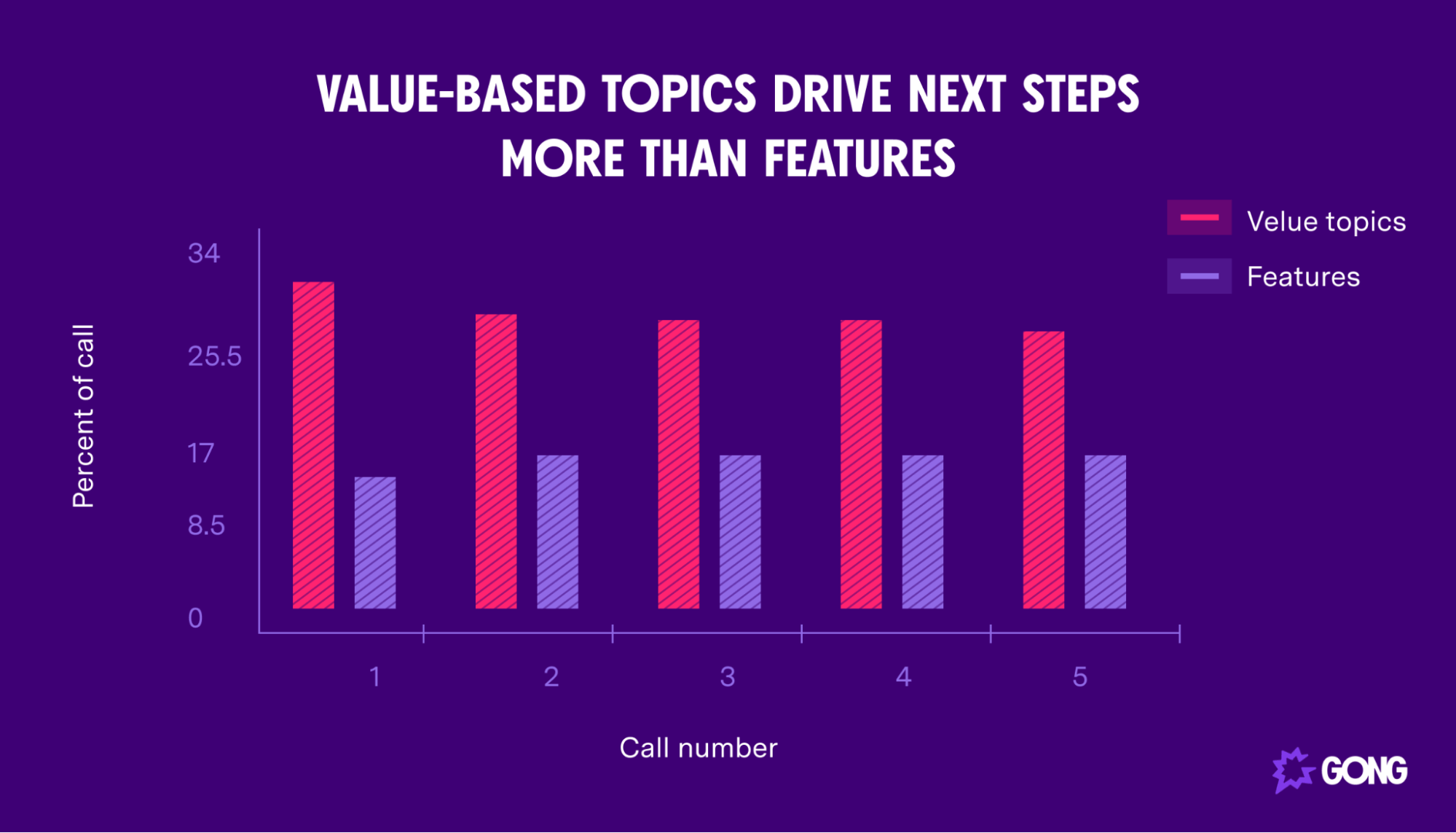
Secure those valuable next steps, and you’ll be one step closer to winning the deal.
Make sure to align your offer to each buyer’s needs. Value can be anything from cost savings to increased productivity. Once you can get your prospects to see the value of your solution, your reps will have an easier time closing bigger deals.
Another way to increase the average deal size is to upsell — a technique that encourages new or current customers to upgrade to a premium version of what you’re selling.
6. Improve quota attainment rate
A quota attainment rate measures a rep’s sales against their quota over a given period. It’s typically expressed as a percentage and helps you measure sales performance.
Here’s the formula to calculate your quota attainment rate:
- (Total sales / Sales quota) x 100
If a rep closes $30,000 and their quota was $50,000, their attainment rate would be 60%.
Sales objective example to improve quota attainment rate:
- Achieve a 70% quota attainment rate by the end of Q4.
How to achieve this sales objective:
Every rep has strengths and weaknesses. Some are great at handling sales objections, while others need work on communicating the value of your solution.
The right tools can help you generate KPI reports and identify areas for improvement.
Use CRM software or a sales coaching platform like Gong to help your reps hit their quota attainment rates. With Gong, you can track key stats and sales KPIs across your team to see what areas your reps are struggling with.
We’ve found that top sales reps — those who consistently exceed their quotas — have a talk-to-listen ratio of 46:54 — they listen more than they talk. With Gong, you can see who’s outside the recommended range and help them course correct.
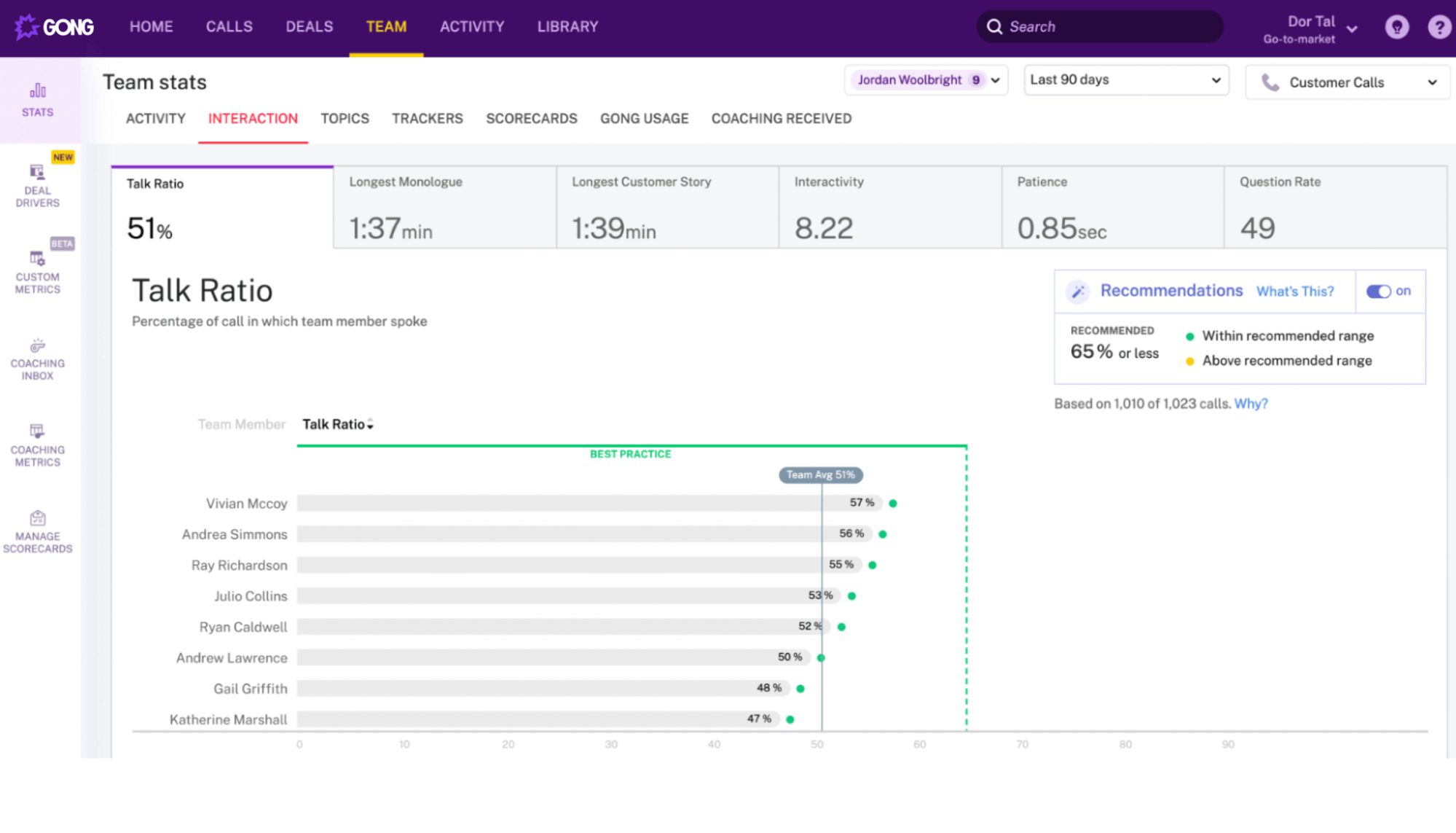
Moreover, you can listen in on specific calls and leave more structured feedback with scorecards. Scorecards enable you to deliver personalized coaching at scale.
7. Reduce average lead response time
Lead response time is how long it takes for reps to follow up with a warm lead — prospects who have expressed interest in your solution by filling out a form or signing up for a free trial.
Slow response times can cause potential buyers to lose interest. Worse, they could cause them to turn to your competitors instead.
Sales objective example to improve average response time:
- Respond to warm leads within 5 hours of receiving a call, message, or email.
How to achieve this sales objective:
One way to improve response time is through lead routing — the process of collecting and distributing leads to sales reps. However, manually routing leads is tedious and time-consuming.
Consider using automated lead routing systems. These allow you to create custom workflows that route leads based on certain criteria.
For example, you can assign leads to reps based on industry, geography, and deal size. Some systems have reminders baked in to prompt reps to send follow-up emails and prevent leads from slipping through the cracks
Article By J. Costet

206-391-5682
i2i@i2idirectmarketing.com
www.i2idirectmarketing.com
“…all deliveries GPS tracked…”


